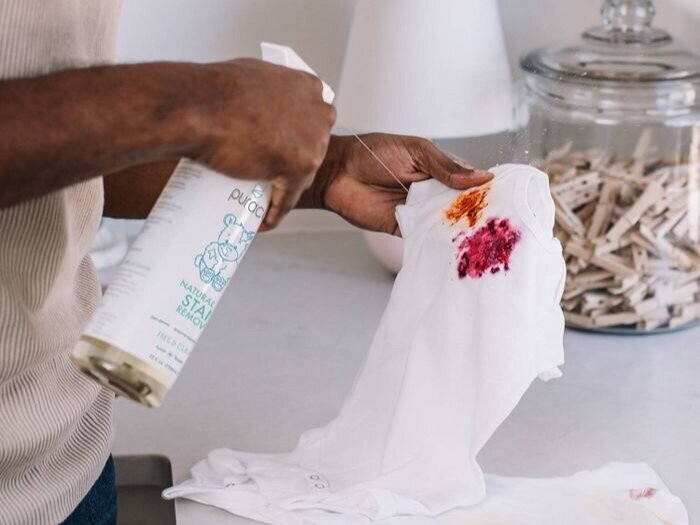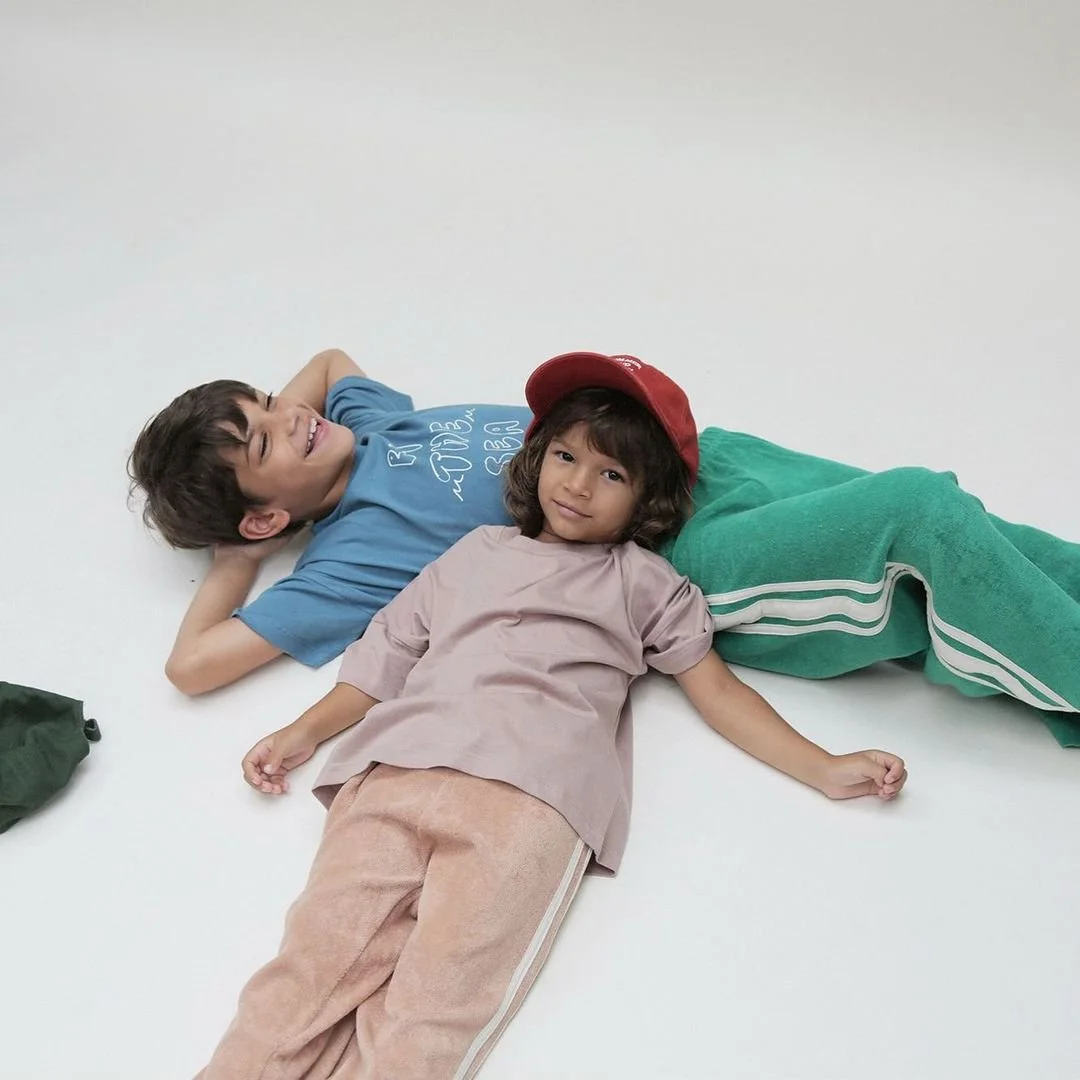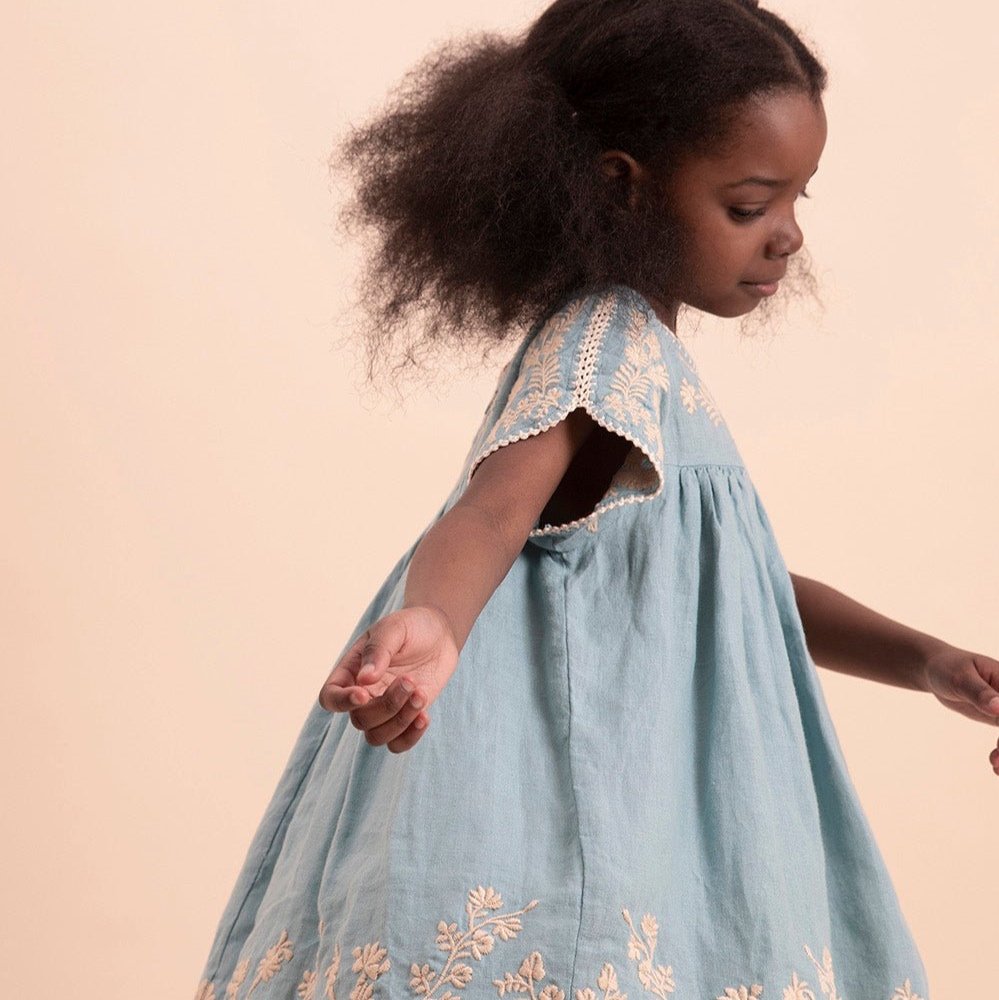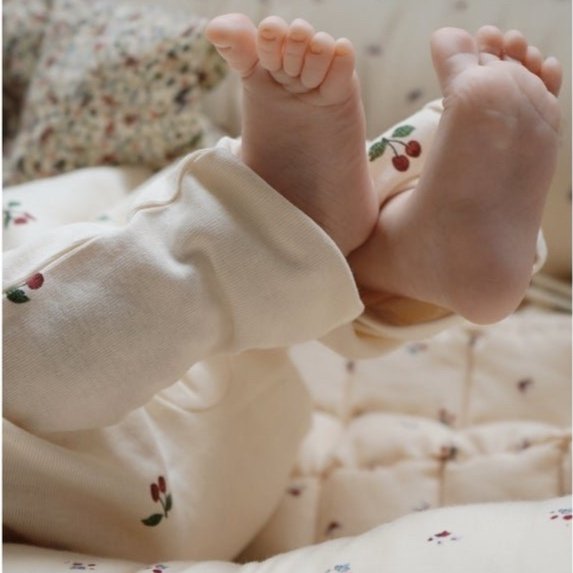How to Take Care of Your Clothes and Increase Their Lifespan
It happens to all of us. We invest money in good quality clothes for our children and then sometimes they don’t last. Usually it’s easy to tell if it’s the fault of the manufacturer, a quality issue with the material, an accident during rough play, or sometimes we’ve just been lazy with how we care for the garment. Don’t let it be the last. The most obvious first step is to read the care label on the garment when you get it. But honestly who can remember all the time? We go a step further and read the info the manufacturer gives us before we even buy. Know thyself. If you absolutely hate washing things by hand, don’t buy things that recommend washing by hand, no matter how cute you think it is.
Okay, so onward. If you are really good at remembering individual care instructions, awesome. If you’re like most of us and not so good, here’s some easy steps to follow to ensure you take care of your kids clothes and extend their life for maximum wear.
1. Get Stains Out Safely
As a general rule of thumb, try treating stains as quickly as possible. First so you get it before it sets, and second so you don’t forget. It’s important to use products that don’t have toxic chemicals and degrade the quality of the material. We’ve had really good luck with Puracy Natural Stain Remover.
PURACY NATURAL STAIN REMOVER
The Puracy Stain Remover really is magic and get’s out 95% of our stains with a simple spray and letting it set at least overnight. It’s naturally derived with plant-based enzymes, hypoallergenic, non-toxic, never tested on animals and made in the USA. We’ve tried both and haven’t noticed a difference between using the Puracy Natural Stain Remover vs the Puracy Baby Stain Remover.
*The regular Puracy Natural Stain Remover has been sold out everywhere for months. You can get the Puracy Baby Stain Remover or save money and packaging with the 64oz Refill Bag and your own spray bottle. Buy direct or at Target or Amazon. Just be careful to do a price check on Amazon because it can be variable.
BUNCHA FARMERS STAIN REMOVER STICK
We don’t use our stain stick as much as the spray, but it’s a great alternative and easy solution to treating on the go. To use Buncha Farmer Stain Remover you just have to wet the stick with hot water and rub it directly on the stain. It’s made in Canada with all natural ingredients, non-toxic and bio-degradable.
2. Wash with Care
Turn those clothes inside out! It helps with fading and general wear and tear on the outside of the clothing. I usually just turn them inside out before they go in the laundry basket. When it comes time to wash, ALWAYS wash on the delicate cycle. Washing on cool/cold not only saves energy but it’s less taxing on your clothes.
Like stain treating, we also make sure to use non-toxic detergent that’s better for the environment, our kid’s delicate skin and the lifespan of the clothes. There are plenty of safe options out there, but of everything we’ve tried and tested, we like Puracy Natural Liquid Laundry Detergent and Charlie’s Soap the best.
PURACY NATURAL LAUNDRY DETERGENT
This plant based enzyme packed formula has been a favorite for years. One bottle seems to last forever and it does a great job. The fragrance free Puracy Free & Clear Laundry Detergent is our go to, but the Fresh Linen is also a fresh light scent. You get the best deal when you buy a Pack of 2 or buy the 64oz Refill Bags once you have a bottle. Like the stain remover you can buy direct at Puracy or find at Target or Amazon.
CHARLIE’S SOAP LAUNDRY POWDER
The powder detergent from Charlie’s Soap is plant based, free of harmful chemicals and septic safe. Although it’s technically fragrance free, it still has a nice light clean scent. We only use one small scoop for most loads and it does a great job.
3. Take it Easy on the Dryer
Always use the delicate cycle to keep that heat low. There’s a lot of debate on the next part. Depending on who you talk to, they hang dry only and some hang dry then put in the dryer quickly to release wrinkles. We actually prefer to buzz in the dryer first and then hang dry. You get the wrinkles out from the beginning, prevent that stiff feeling you get from hang drying and keep really wet clothing from taking forever to dry on the rack. It’s important the clothes are still damp when they come out of the dryer.
Depending on the material, we put it in the dryer on delicate for 10 minutes or for a full cycle on delicate (this is really dryer dependent, our delicate cycle is only 24mins and barely does damp dry). Almost everything goes on the drying rack then except for the most hardy of items that go in for another delicate cycle. Most of our wool, cashmere and silk gets hand washed and hand dried, minus the dryer. If you have items you’re unsure about, always check the labels.
4. Repair & Repurpose
Even when we take good care, holes and tears can still happen. It’s important to catch them early if you want to repair. If you’re lucky, you can just stitch it up, otherwise patches are a good option for most and felting works for wool. Here’s a felting tutorial that’s pretty straight forward. Some people get really creative.
When a stitch won’t do it, we like repurposing into whole new pieces too. Recent examples in our home are a pair of harem pants with elastic waist and ankles that became too short and a one piece waffle romper that the knees blew out in. We cut off the bottoms of the pants above the elastic cuffs and they became perfect culottes and cut the bottom half off the waffles and it became a cool top/cardigan with raw edge.
5. Give it a Second Life
When you’ve outgrown it, it’s time to pass down gently loved pieces to a sibling, family or friend. An increasingly popular choice is reselling items to companies specializing in the circular economy. It just depends on how involved you want to get. There are whole secondary market places on Facebook and tons of mama sellers on instagram.
For better brands, if you want minimal work, you can send in your items to TheRealReal, an online consignment shop that does the work for you and just pays you a percentage when your items sell. There’s also Kidswear Collective in the UK, which also does in store pop ups with Selfridges. If you want a higher percentage of the sale and more control, you can use Kidizen, but you have to set up your own shop and add pictures and descriptions. For a more curated option, try Mini Cycle. They sell both pre-loved and new and will buy back any of the items and brands they sell in the shop and repair, repurpose or just resell.
You can also donate, just make sure it’s to a place that will put the donations to good use and not into landfills. If it’s beyond reuse as a garment, you can always cut up the material to use in craft projects or even as rags to clean up around the house.
The Mini-Cycle
Meer is not sponsored or paid by the brands we feature on this site. We will always keep it that way to remain as authentic and honest as possible. All brands and products are independently selected by our editors. However, when you buy through the links on this page we may earn a small affiliate commission (including links to Amazon).

























